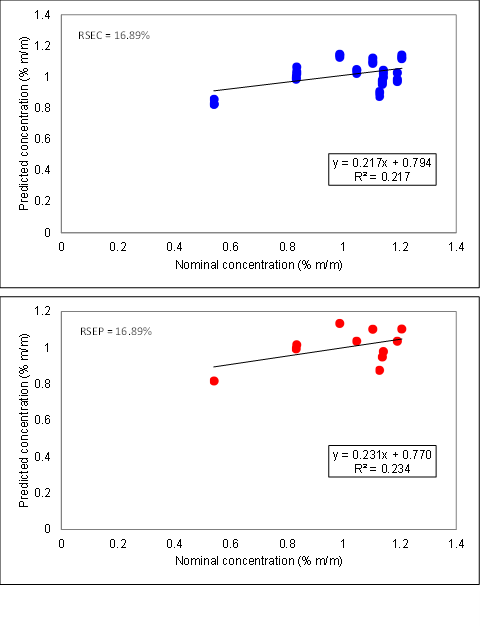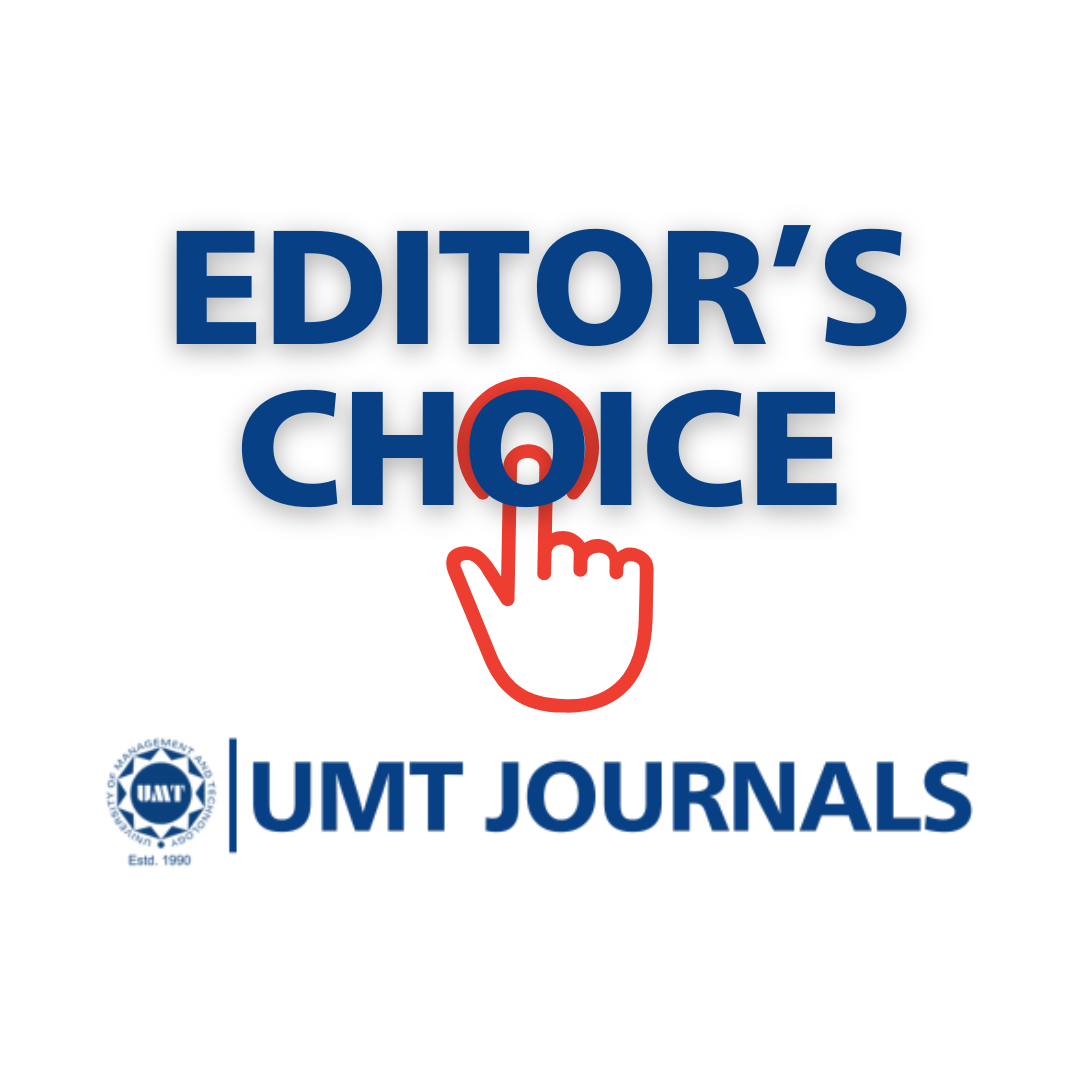Identification of Counterfeit Tobacco using Attenuated Total Reflectance Fourier Transform Infrared, Raman, and Near-Infrared Spectroscopy
Abstract
 Abstract Views: 0
Abstract Views: 0
Counterfeit and illicit tobacco may contain potentially toxic organic impurities that result in adverse health effects for the consumer. Carcinogenic substances have been found in elevated concentrations in counterfeit tobacco. The current study explored swift and cost-effective methods, such as Fourier-transform infrared, Raman, and near-infrared spectroscopy to identify counterfeit tobacco products. Moreover, it also assessed the spectral quality based on range, number of peaks, maximum peak intensity, and signal-to-noise ratio. In spectral analysis, infrared exhibited superior quality over Raman and near-infrared with a higher signal-to-noise ratio. Near-infrared, although with a limited wavelength range, showed good quality. Raman, however, displayed poor spectral quality due to noise interference. Identification success varied with chemo-metric methods, with infrared correctly identifying four out of five counterfeit tobacco products and near-infrared identifying three out of five. Raman failed in identification, while infrared showed success with some mismatches using principal component analysis. Near-infrared and Raman successfully identified counterfeit tobacco, with near-infrared providing the most distinct separation. Quantification results varied across spectroscopy techniques and chemo-metric methods.
Downloads

Author(s) retain copyright and grant the journal right of first publication with the work simultaneously licensed under a Creative Commons Attribution (CC-BY) 4.0 License that allows others to share the work with an acknowledgment of the work’s authorship and initial publication in this journal.









